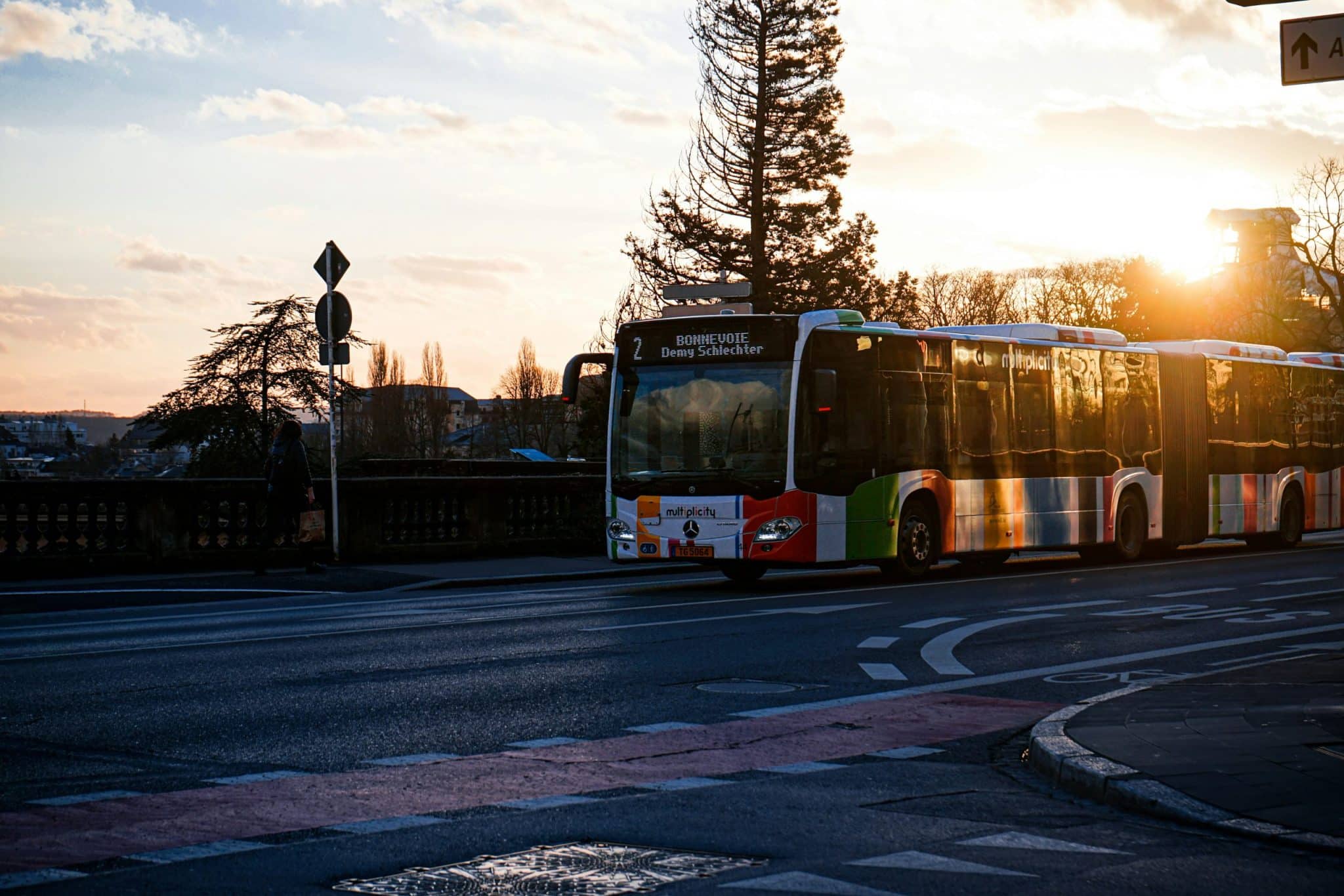Public Transit Innovations Transforming How Cities Move
Public transportation has long been an integral part of cities, providing essential services to millions of people every day. However, in recent years, with the increasing demands for more efficient and sustainable modes of transportation, traditional public transit systems have faced numerous challenges. To keep up with the rapidly changing urban landscape, cities around the world have been implementing innovative solutions to transform how their residents move. These public transit innovations are not only improving the daily commute for city dwellers, but also leading the way towards a smarter and greener future. Let’s take a closer look at some of the most exciting developments in public transportation that are reshaping the way we get around in our cities.
The Rise of Electric Vehicles
In an effort to reduce carbon emissions and combat the negative impact of fossil fuel-powered vehicles on the environment, cities have been increasingly turning to electric vehicles as a sustainable alternative. Electric buses, in particular, have gained significant traction in recent years, with major cities like London, Paris, and Shenzhen, China, already operating all-electric bus fleets. These buses not only reduce air pollution but also offer a quieter and more comfortable ride for passengers. In addition, the advancements in battery technology have allowed for longer driving ranges, making electric buses a viable option for long-distance routes as well.
Self-Driving Technology
While self-driving vehicles are still at their early stages, the potential they hold for transforming public transportation is immense. Countries like Singapore and the United Arab Emirates have already started piloting self-driving buses, and the results have been promising. Not only do these vehicles reduce the need for drivers, but they also have the potential to improve safety and efficiency, leading to more reliable and on-time services. Self-driving cars and shuttles are also being tested in cities like Las Vegas and Phoenix, offering a glimpse into the future of public transportation.
Shared Mobility Services
In recent years, the concept of shared mobility has gained significant momentum, challenging the traditional model of individual car ownership. Services like ride-hailing apps and bike-sharing programs have become increasingly popular in cities, providing convenient, affordable, and eco-friendly options for getting around. These services are not only reducing congestion on the roads but are also contributing to the reduction of carbon emissions. Moreover, the integration of these services with public transit systems is making it easier for commuters to plan and combine their journeys.
Smart Ticketing and Payment Systems
One major inconvenience of using public transportation has always been the long queues and time-consuming ticketing processes. To address this issue, cities are implementing smart ticketing and payment systems that allow for contactless payments, making the experience more convenient for commuters. These systems also offer real-time journey planning and updates, making it easier to navigate through the city’s transportation network. As a result, passenger satisfaction and ridership are on the rise.
Improved Network Integration
To truly transform how cities move, public transportation must work cohesively with other modes of transport, such as cycling and walking. To achieve this, cities are investing in the development of integrated transportation networks that seamlessly connect different modes of transit. Improved bike lanes, pedestrian-friendly streets, and integration with ride-sharing and micromobility services are just some of the examples of how cities are fostering a more connected and sustainable transportation ecosystem.
The Future of Public Transit Innovations
The innovations in public transportation are just at the tip of the iceberg. Exciting developments such as hyperloop technology, which promises to transport passengers at high speeds through near-vacuum tubes, and the use of drones for parcel delivery in dense urban areas are already in the works. As cities continue to grow and evolve, so will the need for more efficient, sustainable, and interconnected transportation solutions. It is clear that public transit innovations are playing a crucial role in shaping the cities of tomorrow.
In Conclusion
The way we move around our cities is changing, thanks to the constant advancements in public transportation. From electric buses to self-driving vehicles and shared mobility services, these innovations are making it easier, safer, and more environmentally friendly to travel. As cities continue to tackle the challenges of urbanization, public transit will play a vital role in shaping the future of transportation. With smart planning and investment in innovative solutions, cities can transform how their residents move and pave the way for a more sustainable future.











